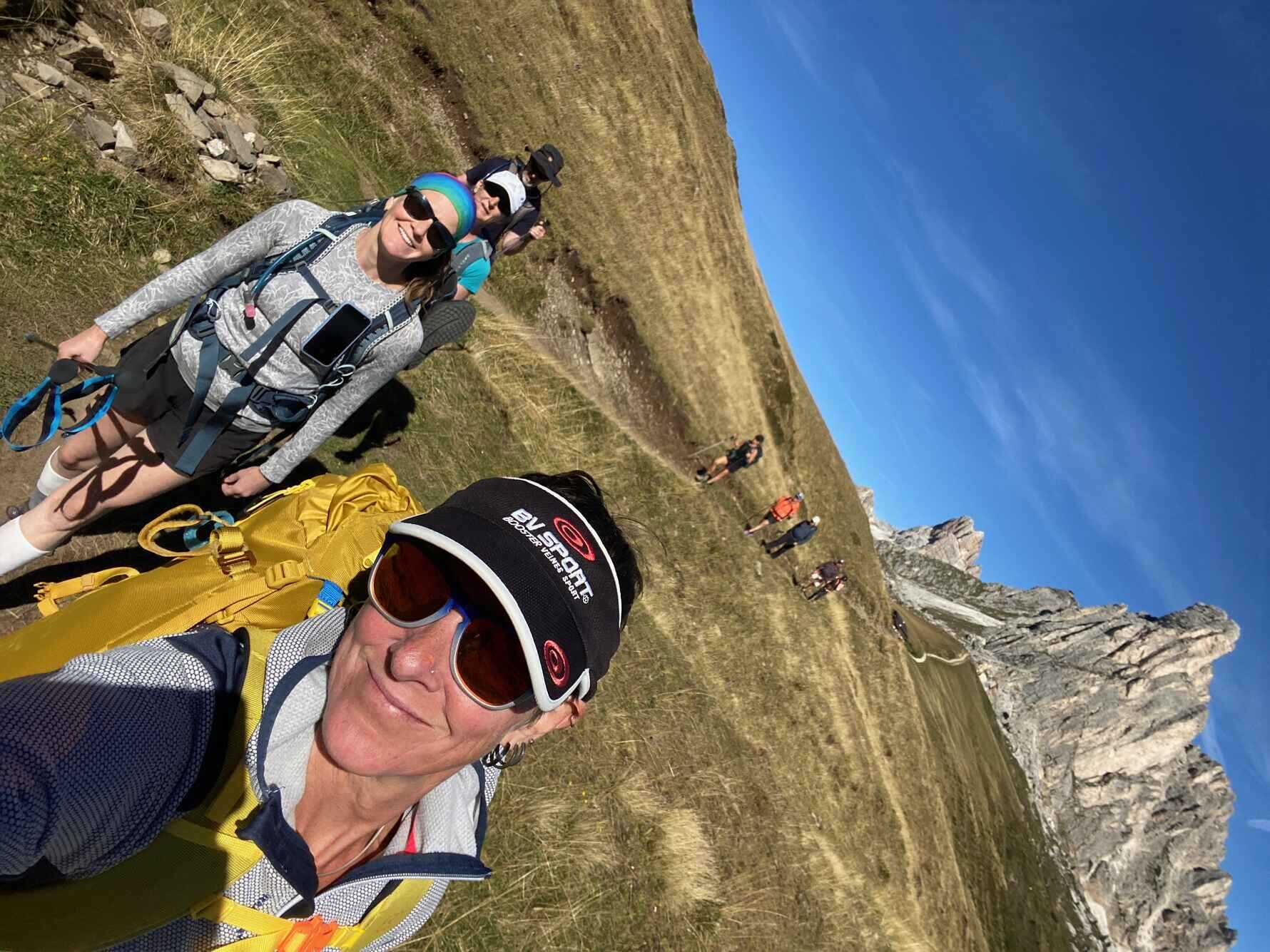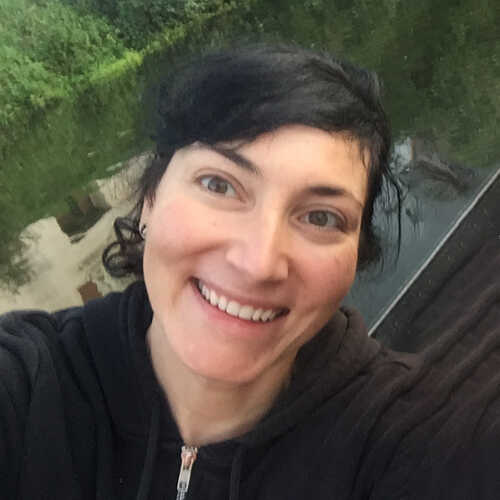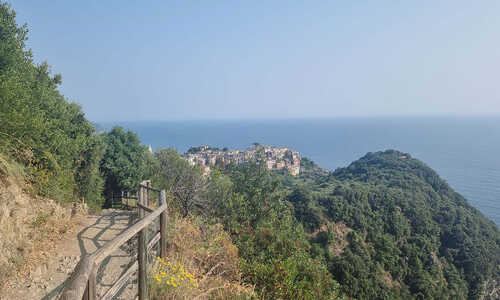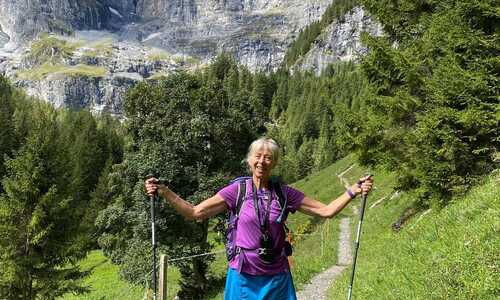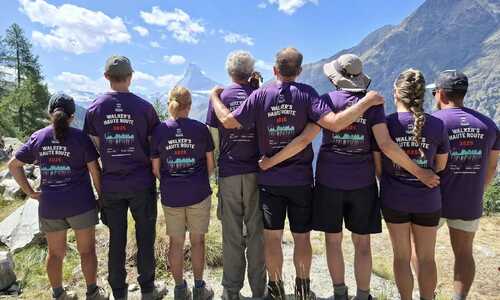26/02/2025
What are the biggest challenges you faced when starting your trekking company?
In the early days, our business relied entirely on the website, so ensuring it performed well and reached the right audience was crucial. At the time, we didn’t have the expertise of Ed (our web developer), which led to plenty of initial challenges—like hiring the wrong people for the website and having to handle much of it myself. It was all completely new to me. While I had experience in the outdoor sector, I had never promoted a company or worked to attract clients before.
So how did I overcome that? I dedicated countless hours to social media, relentlessly promoting the company to get the MBT name out there. In the beginning, that was our only real platform until we built a solid client base. Even now, despite having many returning clients, we need to attract new ones every year to fill all our treks for the summer season. That’s why having a well-functioning website and active social media presence is essential—without them, people simply wouldn’t find and book our treks.
How do you ensure the safety of your clients during treks?
From the moment someone inquires about our treks, we provide detailed information on what to expect. Over the years, we’ve refined this process after encountering clients who weren’t fully prepared or fit enough for the challenge. To address this, we ask potential clients to complete a questionnaire early in the booking process, helping us assess their experience and readiness. If they have relevant experience or are committed to training beforehand, we move forward with the booking.
While most people are generally fit, some may not have access to mountainous terrain for training. We offer guidance on how to prepare, providing as much support as possible to ensure they’re ready. If we identify any major concerns, we suggest a more suitable alternative before confirming their booking.
Once booked, we maintain regular contact through interim emails, offering reminders and preparation tips. Clients also receive detailed trek information, including daily statistics and key details, so they arrive well-prepared.
During the trek, our experienced guides take care of clients’ safety and well-being. They’re not only skilled in leading groups through the mountains but are also trained to prioritise client welfare. While the guide leads the trek, we remain available for support, especially since we’re local and can step in quickly if needed.
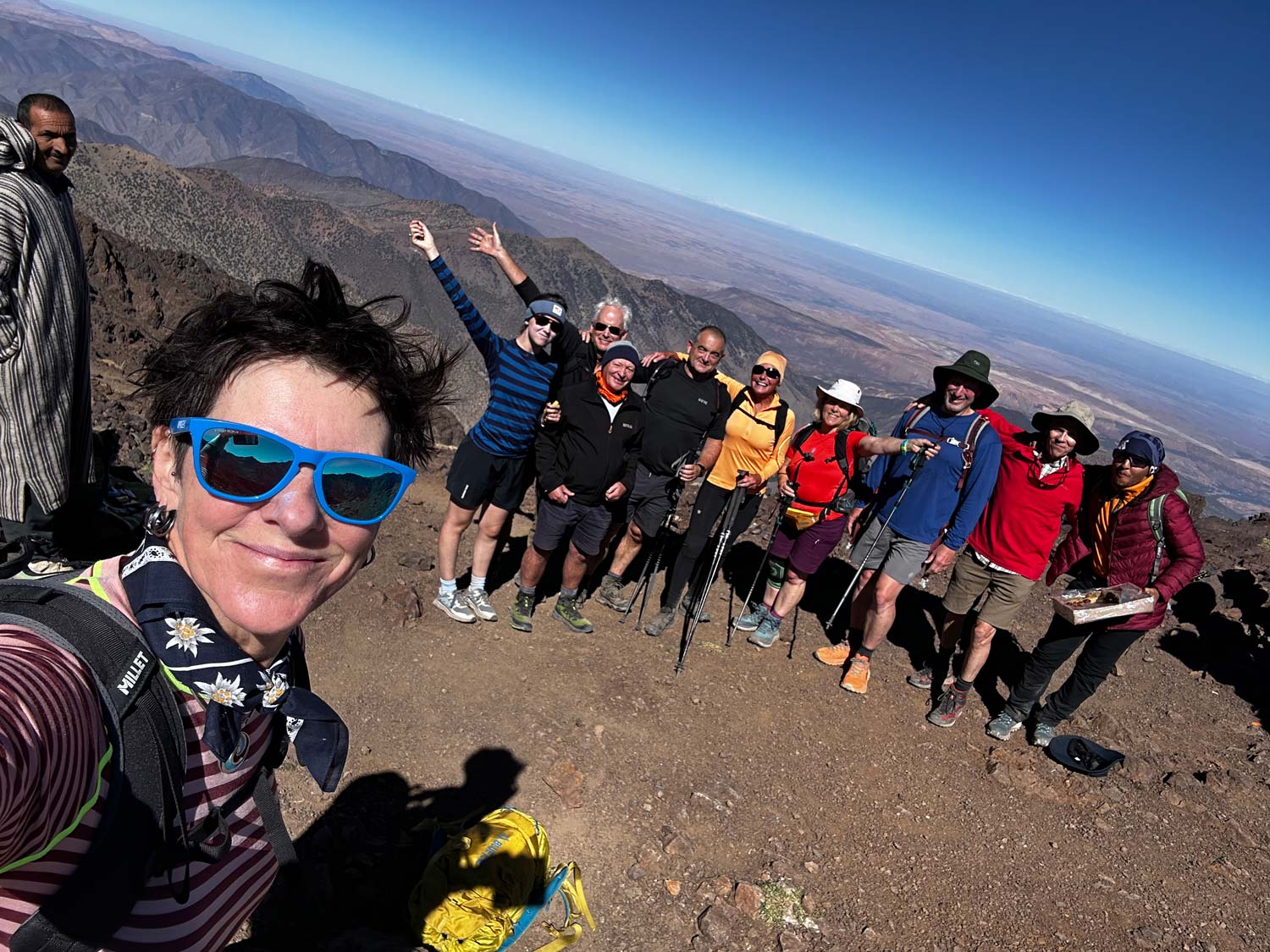
Can you describe the process of planning and organising a new trekking expedition?
It usually starts with a trek that intrigues me—an area of the world I’m drawn to and a route I’d love to explore. From there, I begin researching, collecting guidebooks and maps, and reading up on the region to gain as much knowledge as possible before setting out.
Next, we conduct a reconnaissance trip—either as a team or sometimes just me on my own. Experiencing the route firsthand is essential because it allows me to refine the itinerary. There are always adjustments to make—perhaps a section of the trail isn’t ideal, we should have spent more time at a particular spot, or the accommodation could be improved by choosing a better option nearby.
Once the trek has been tested and refined, I return to put everything together—finalising the itinerary, handling the logistics, and then introducing it to potential clients to gauge interest.
How does your company approach sustainability and eco-friendly practices in trekking?
Sustainability is a complex challenge, especially since many of our clients travel long distances to reach us. While we can’t control how they get here, once they arrive, we focus on educating them about moving through the region in an environmentally responsible way.
We’re passionate about helping people appreciate this incredible landscape while also understanding the challenges it faces, such as tourism pressure and over-exploitation. To support conservation efforts, we actively contribute to environmental projects—both locally and across Europe—through our partnership with the European Outdoor Conservation Association (EOCA).
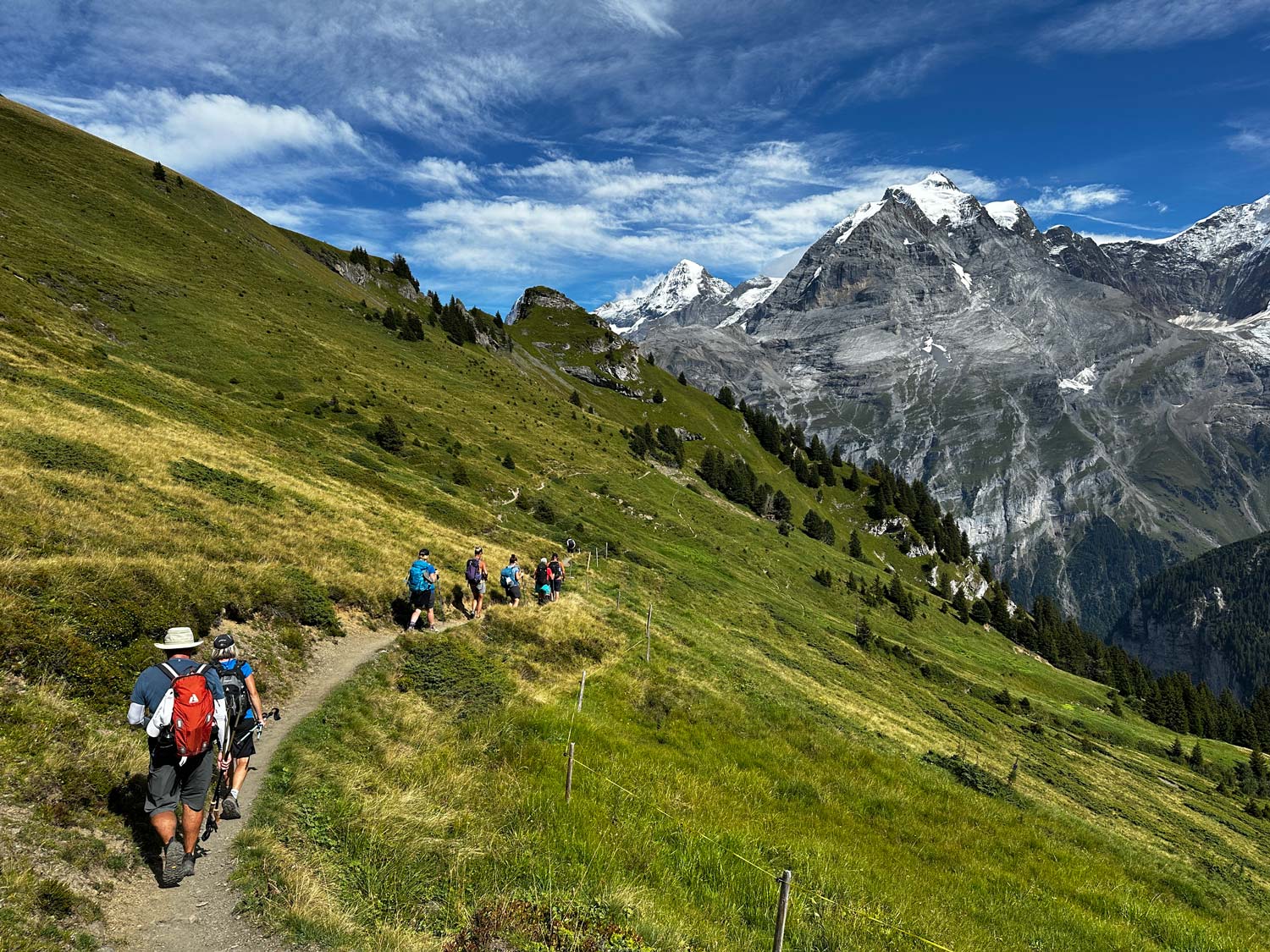
What steps do you take to ensure that your treks support local communities?
We prioritise working with local providers, including accommodations, guides, and transport companies. Whether we’re operating close to home or traveling further afield, we make sure to use local services, ensuring that the communities we visit directly benefit from our treks.
What do you think makes a trekking experience truly memorable for your clients?
The key to a memorable trekking experience often depends on whether it’s guided or self-guided. For guided trips, I believe the guide is the most important factor. A fantastic guide can make all the difference, ensuring the group has an amazing experience. That’s why all of our guides are local—they know the area intimately, have a deep passion for the environment they work in, and bring years of experience, which is vital for a successful trek.
Accommodation is also important. When people have been trekking long distances each day on a rigorous itinerary, they want somewhere comfortable to stay. A lot of other providers will cut corners on accommodation as it makes it more profitable for them, they’ll even pinch on the other aspects too: the guide, the route, the accommodation, and support services. For me, it's more important to offer a great quality of everything, from start to finish, the minute that you enquire, to the minute you leave, and even after your trip.
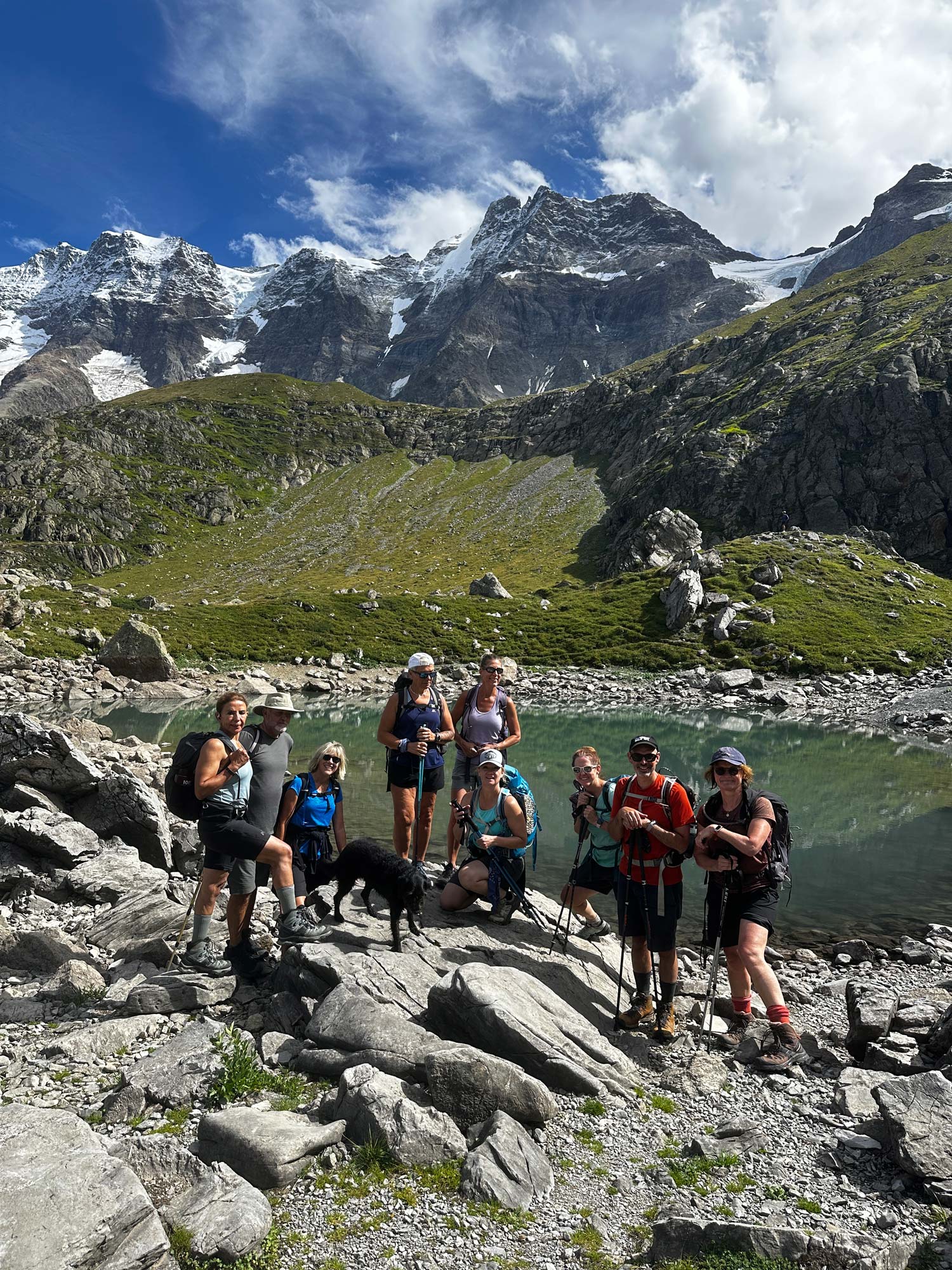
Can you share a particularly memorable or unique trekking experience you've had with your clients?
I think they’re all memorable, there may have been a few odd things that have happened but I think it's the camaraderie that is special. You're in this bubble when you're trekking with a group and what's going on in the world is just in the background. When you're not with those people anymore and the trek has ended, and they’ve disappeared back to their normal lives, it's strange. It's like a little family. I think it's just the whole experience, rather than specific moments, just sharing memorable views, memorable meals, all of those things, sharing them with different people.
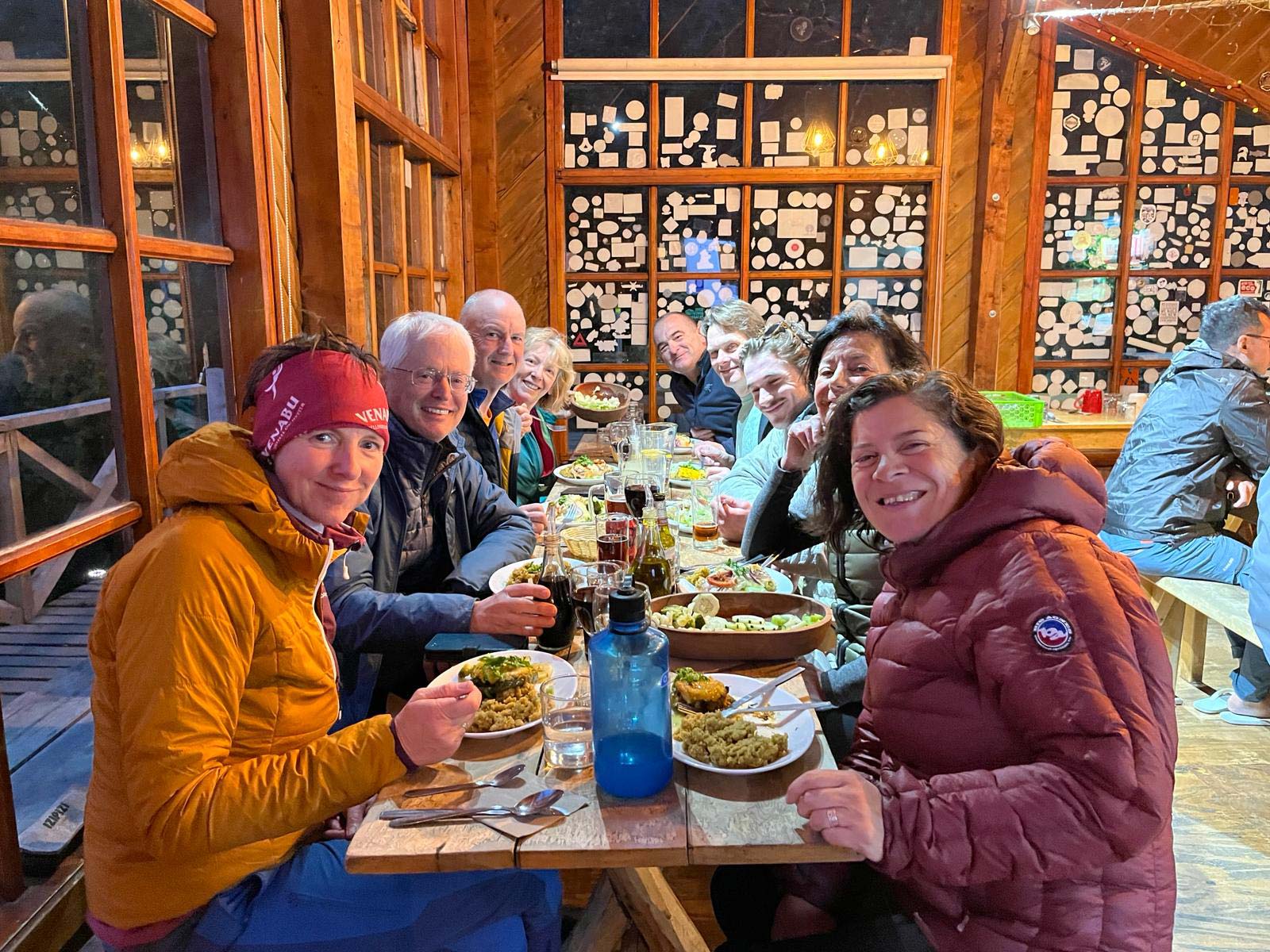
How do you gather and incorporate customer feedback into your services?
During the treks, we encourage clients to highlight any problems or share comments directly with us. Afterward, we ask for feedback through Feefo, the independent review platform. This allows us to review both the booking process and the trekking experience itself, ensuring we capture feedback on every aspect. We’re constantly looking for ways to improve our customer service and enhance the overall experience.
What’s the most rewarding part of running a trekking company?
Meeting new people, it is incredibly interesting and rewarding. After trekking together many times, some have become really good friends. It's like going on holiday with mates, surrounded by beautiful landscapes. It's the people that truly make the experience special.
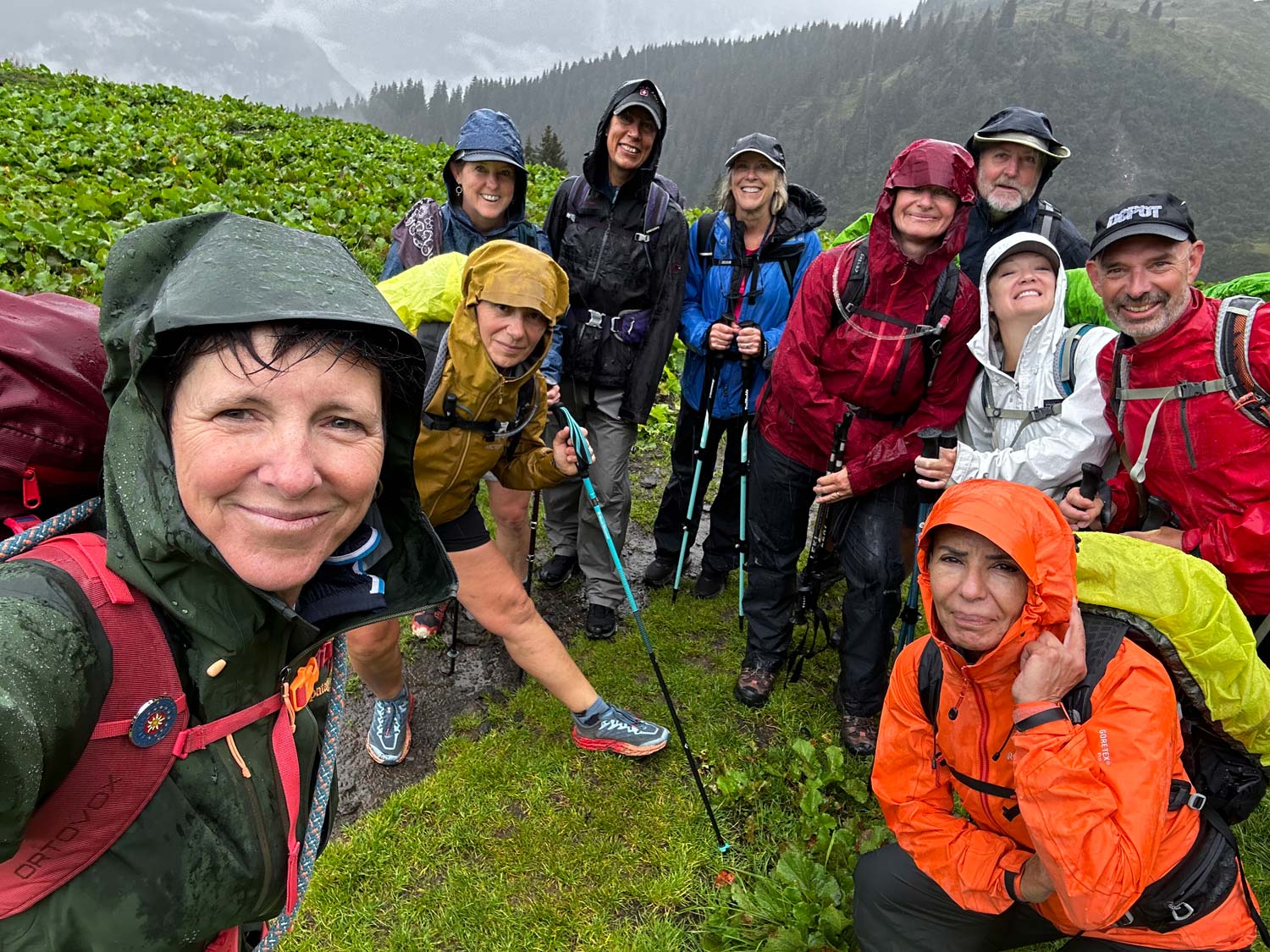
Can you share some lessons you’ve learned from your own experiences on the trail?
My top tip: Be prepared! Fitness-wise, it's more enjoyable when you're able to trek comfortably. Kit-wise, there's nothing worse than lacking the right gear. I've made mistakes, for example, needing an extra layer but having nothing else in my rucksack. Saying that, you can also overpack and carry unnecessary weight. However, I'd rather be over-prepared than under-prepared!
What is your favorite trekking destination and why?
I live in Chamonix because I never get bored of the scenery—it’s amazing, and I don’t take it for granted. I’ve spent most of my life here. As for elsewhere, I love Nepal for its people and of course the scenery. Despite living in a harsh environment, they’re incredibly warm, generous, and welcoming. It’s a beautiful place with a spirit of gratitude.
What are some of the long-term goals you have for your company?
Focus on doing our best and improving what we offer, constantly creating new trips for both new and returning clients. Our loyal customers often book again, so we aim to keep them happy by offering fresh experiences.
Are there any new destinations or types of treks you’re excited to introduce to your clients?
Last year, we embarked on a reconnaissance trip along the Alta Via 1 in the Aosta Valley, covering only half the route. This summer, we’ll complete the journey and prepare to launch it as a self-guided trek next year. Meanwhile, Peru is on the calendar for October, with bookings already in place. We have a dedicated group of trekkers, and I’m always on the lookout for new opportunities. Recently, I’ve started exploring summer treks in Norway—a region I’ve skied in winter but never experienced on foot during the warmer months. The Scottish Highlands are also on my radar, as I’ve always enjoyed walking there.
At Mont Blanc Treks, we’re committed to offering exceptional adventures paired with outstanding customer service. What truly sets us apart is not just me, but the entire team. We have an incredible group of experienced individuals who contribute to every aspect of the business.
In our next newsletter, we’ll introduce you to another valuable member of the MBT team—Jude Booth, the lady behind the logistics. Her attention to detail is unmatched, and over the past 10 years, she has played a key role in shaping MBT into what it is today.
